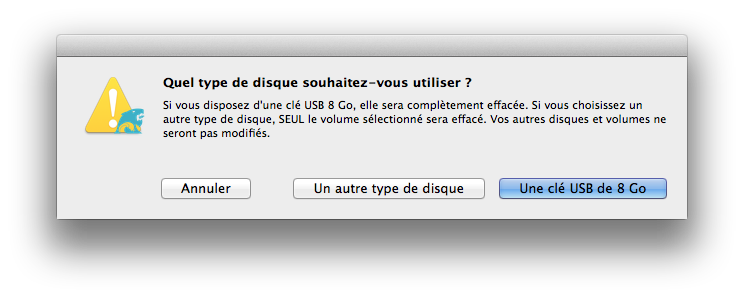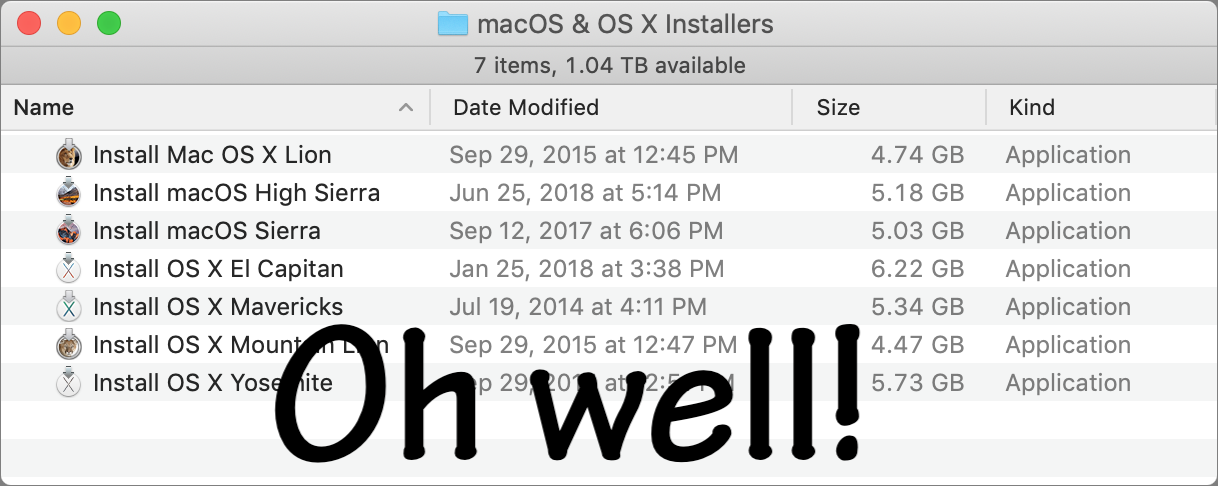

These will be downloaded to your Applications folder as an app named Install macOS. Download: macOS Big Sur, macOS Catalina, macOS Mojave or macOS High Sierra.Turn on your Mac and continue to hold the power button until you see the startup options window, which shows your bootable volumes and a gear icon labelled Options. Plug the bootable installer into a Mac that is connected to the internet and compatible with the version of macOS you're installing. Otherwise, if you have a mac, or know someone who does, you could always use that to create your USB. I'm sure I could dig up a guide if you're interested. A more openly successful way to get a bootable usb is to set up a Mac VM in Windows, then use that to create your USB and install Clover. DiskMaker will erase any complete volume that you signify, so if you wish to make a disk that can install Yosemite, El Capitan, and Sierra, consider using Disk Utility (found in the Applications/Utilities folder) to partition the drive into three separate volumes.

Note that if you’re using a 8GB (or larger) USB thumb drive, it will be completely erased. At the Boot Screen, choose your new High Sierra installation. Press the hotkey to choose boot device (F12 for Gigabyte motherboards, F8 for ASUS motherboards, F11 for ASrock motherboards) 2. Boot from the USB again, this time choosing High Sierra. Standalone updates can be useful if you want to install the same update again or on another computer.The installation is complete, but the drive isn't bootable yet.

Fixes an issue in Photos that prevented importing videos from GoPro cameras.



 0 kommentar(er)
0 kommentar(er)
